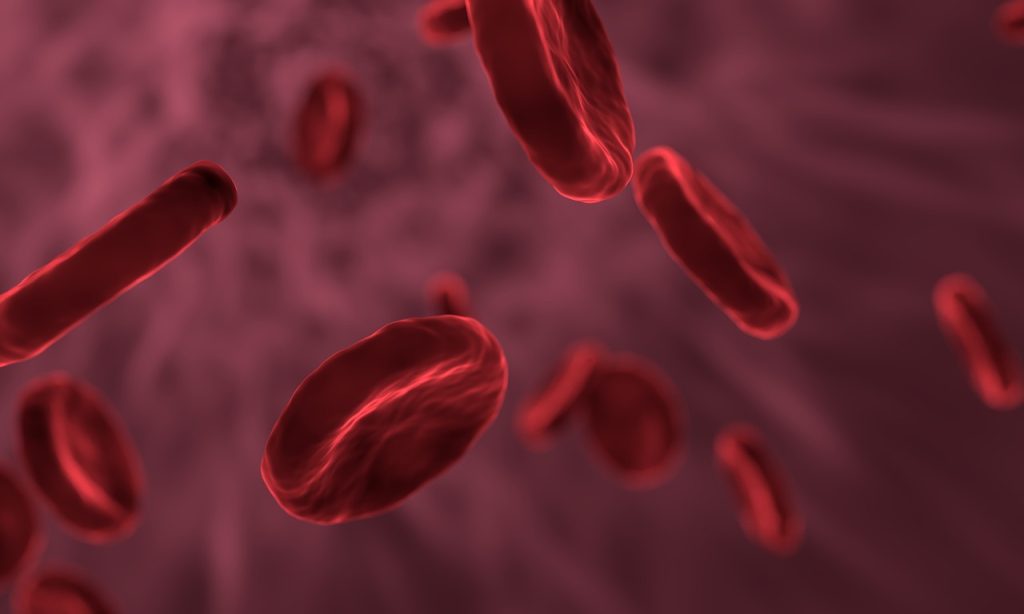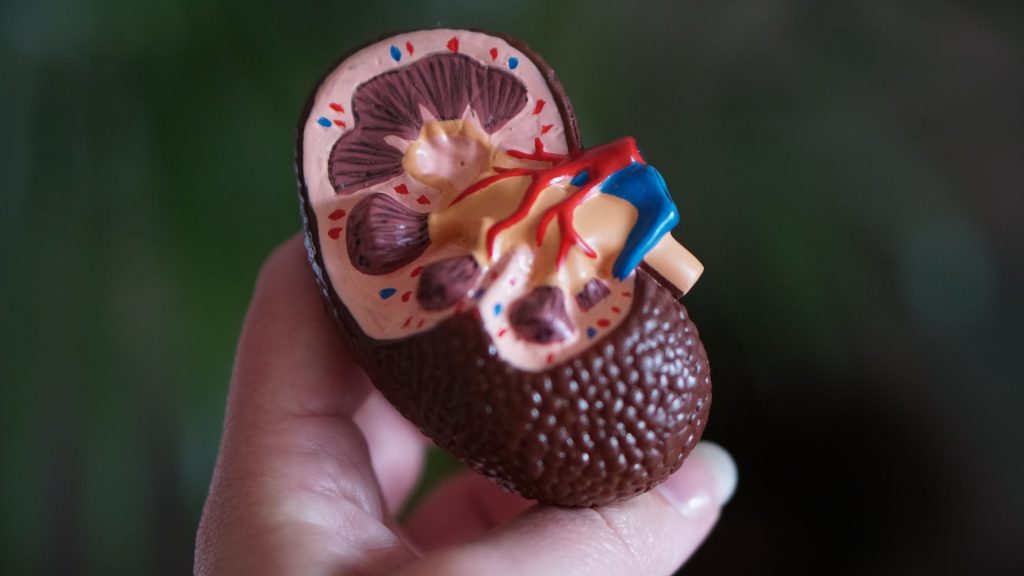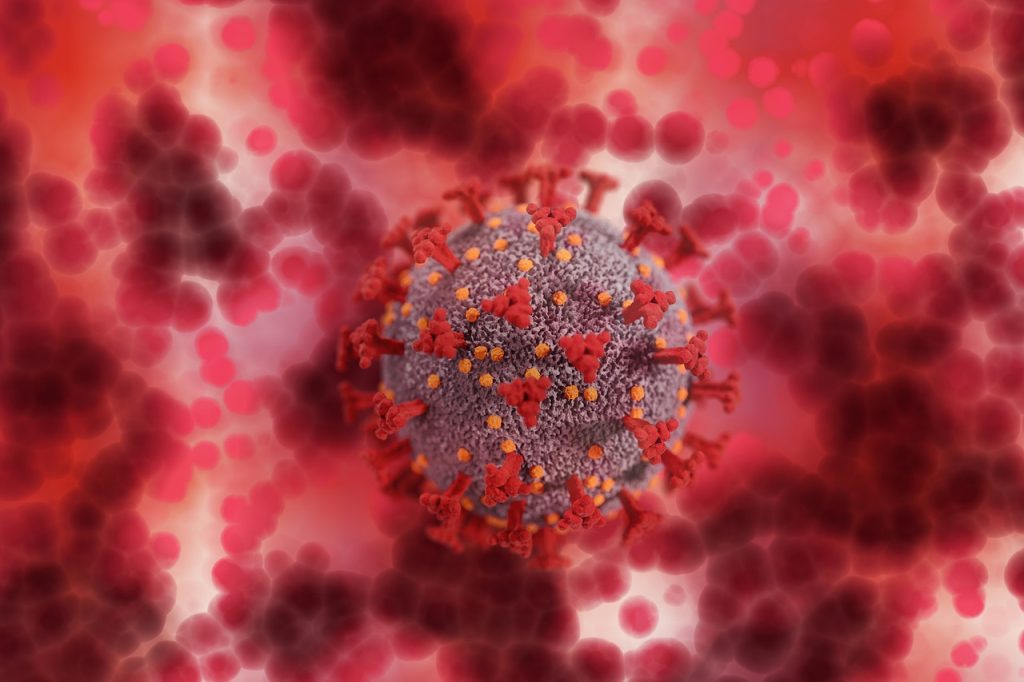With Warfarin, Dropping Aspirin Reduces Bleeding Complications for Some

Research from Michigan Medicine suggests that, for venous thromboembolism (VTE) or atrial fibrillation (AF) patients without a history of heart disease who are taking warfarin, stopping aspirin use causes their risk of bleeding complications to drop significantly.
For the study, which is published in JAMA Network Open, researchers analysed over 6700 people treated at anticoagulation clinics across Michigan for VTE as well as AF. Patients were treated with warfarin but also took aspirin despite not having history of heart disease.
“We know that aspirin is not a panacea drug as it was once thought to be and can in fact lead to more bleeding events in some of these patients, so we worked with the clinics to reduce aspirin use among patients for whom it might not be necessary,” said senior study author and cardiologist Geoffrey Barnes, MD.
Over the course of the study, aspirin use among patients fell by 46.6%. With aspirin used less commonly, the risk of a bleeding complication dropped by 32.3% – equivalent to preventing one major bleeding event per every 1000 patients who stop taking aspirin.
“When we started this study, there was already an effort by doctors to reduce aspirin use, and our findings show that accelerating that reduction prevents serious bleeding complications which, in turn, can be lifesaving for patients,” said Dr Barnes. “It’s really important for physicians and health systems to be more cognisant about when patients on a blood thinner should and should not be using aspirin.”
Several studies had found concerning links between concurrent use of aspirin and different blood thinners, which prompted this aspirin de-escalation.
One study reported that patients taking warfarin and aspirin for AF and VTE experienced more major bleeding events and had more ER visits for bleeding than those taking warfarin alone. Similar results were seen for patients taking aspirin and direct oral anticoagulants – who were found more likely to have a bleeding event but not less likely to have a blood clot.
“While aspirin is an incredibly important medicine, it has a less widely used role than it did a decade ago,” Dr Barnes said. “But with each study, we are seeing that there are far fewer cases in which patients who are already on an anticoagulant are seeing benefit by adding aspirin on top of that treatment. The blood thinner they are taking is already providing some protection from clots forming.”
For some people, aspirin can be lifesaving. Many patients who have a history of ischaemic stroke, heart attack or a stent placed in the heart to improve blood flow — as well as those with a history of cardiovascular disease — benefit from the medication.
The challenge comes when some people take aspirin without a history of cardiovascular disease and are also prescribed an anticoagulant, said first author Jordan Schaefer, MD.
“Many of these people were likely taking aspirin for primary prevention of heart attack or stroke, which we now know is less effective than once believed, and no one took them off of it when they started warfarin,” Dr Schaefer said. “These findings show how important it is to only take aspirin under the direction of your doctor and not to start taking over-the-counter medicines like aspirin until you review with your care team if the expected benefit outweighs the risk.”











